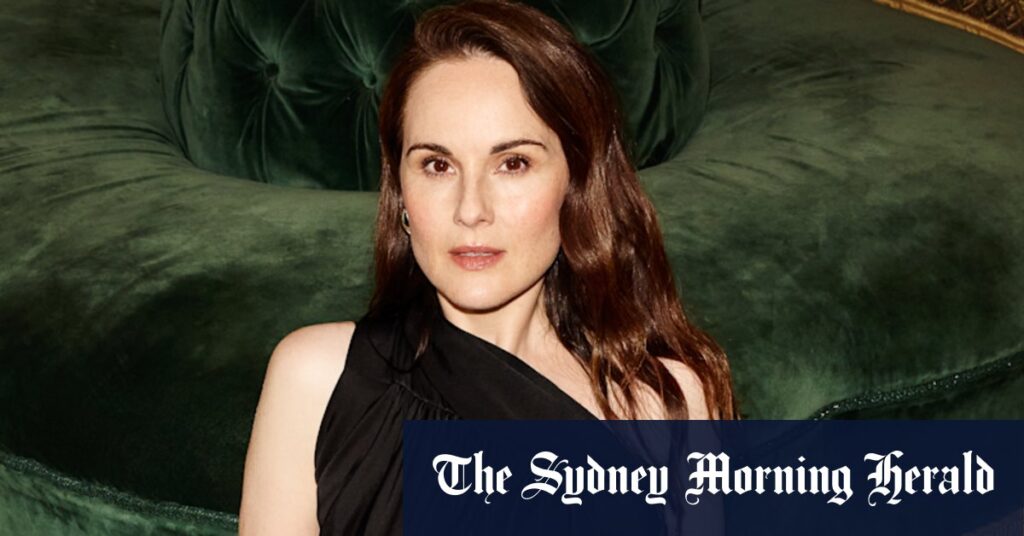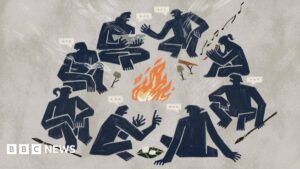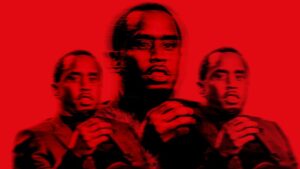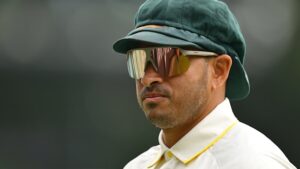
As the curtain falls on the beloved series Downton Abbey, Michelle Dockery, who portrayed the indomitable Lady Mary Crawley, finds herself at a poignant crossroads. With the release of the third and final film, Downton Abbey: The Grand Finale, slated for next month, Dockery candidly shares the bittersweet emotions tied to bidding farewell to a character that has been central to her career for over a decade.
“In some ways, we’ve been saying goodbye for quite a long time,” Dockery remarks, reflecting on the series’ enduring journey. “We thought the end of the [television] series was it. We did the first film, and it wasn’t guaranteed that we were going to do another one. So there have been many goodbyes over the years, but it’s never quite been the one.”
The Legacy of Downton Abbey
Downton Abbey, set on a fictional Yorkshire estate, captured the social transformations of Britain from 1912 to 1926. The series quickly became a cultural phenomenon, breaking viewership records and captivating audiences worldwide. Its appeal extended beyond the UK, gaining a substantial following in Australia and the US, where it was hailed as “the biggest [public television] phenomenon since Sesame Street” by Entertainment Weekly.
Dockery, who was primarily known for her stage work before her breakout role on Downton, experienced a whirlwind of change as the series’ popularity soared. “The overnight recognition was something you can never really prepare for,” she admits. “When people start recognising you in the street, and people call you by your character’s name – when they say ‘Mary’ – that was just crazy to me.”
Character and Cultural Impact
The role of Lady Mary allowed Dockery to explore themes of women’s rights and societal change, as her character navigated the complexities of inheritance laws and gender roles of the time. “The heart of Lady Mary’s journey – that she is the natural heir to her father’s estate but faces losing it to a distant male relative – offered a rare opportunity to explore women’s rights,” Dockery explains. “Flipping it into a period drama made it doubly interesting.”
In the final film, Dockery notes a “firmer passing of the baton,” highlighting the evolution of characters who were initially resistant to change. “There’d been such a reluctance for certain characters in the show to change, particularly the relationship between Robert and Mary,” she says. “In some ways, you look at it and go, ‘Wow, how has it taken this long and why is there this reluctance to hand over?’”
Reflections and Future Prospects
Dockery draws parallels between Downton Abbey and modern narratives like HBO’s Succession, noting the timeless themes of power and legacy. “I was completely besotted with Succession, which has parallels in many ways – and that is a very modern story,” she observes. “Lady Mary is of her time, however restricted, and she’s still adamant about making those changes. She knew that it was time for change.”
The absence of Dame Maggie Smith, whose portrayal of the Dowager Countess became iconic, was deeply felt during the filming of the final movie. “She’s still a huge presence in my life,” Dockery says. “On that set, although Maggie wasn’t with us, her presence was really felt. Both within the story – because she’s talked about so much, and her portrait is hanging there throughout the movie.”
As Dockery moves forward, she embraces new beginnings in her personal life, having married Jasper Waller-Bridge in 2023. Reflecting on her time with Downton Abbey, she treasures the memories and relationships formed over the years. “It was a long process of goodbyes,” she concludes, “but also a celebration of what we’ve achieved together.”
With Downton Abbey: The Grand Finale marking the end of an era, Dockery’s journey with Lady Mary Crawley leaves an indelible mark on television history, while she looks ahead to new horizons in her career and life.







